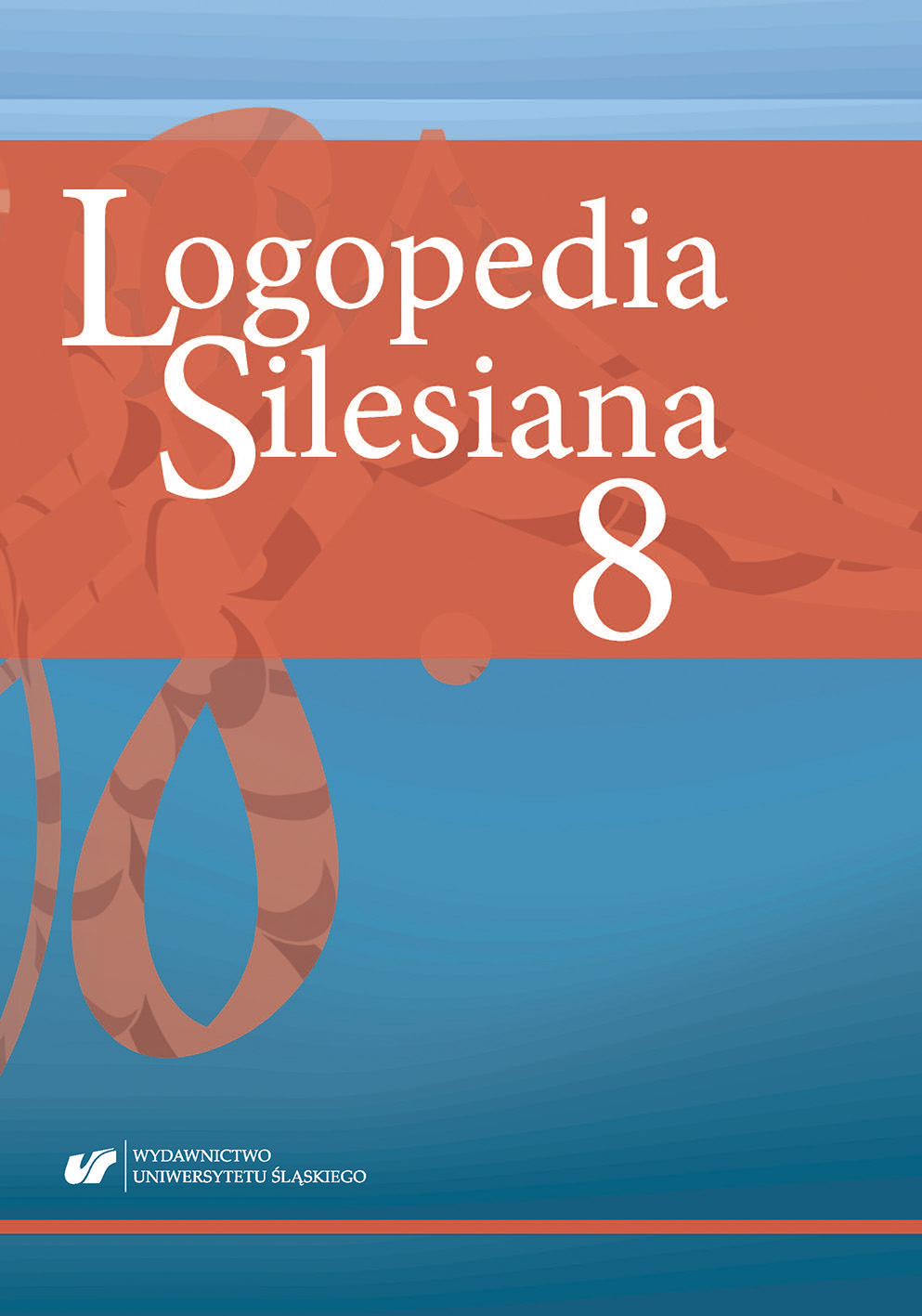

 https://doi.org/10.31261/LOGOPEDIASILESIANA.2019.08.15
https://doi.org/10.31261/LOGOPEDIASILESIANA.2019.08.15
The article presents the case study of a sixteen-year-old girl with autism, who communicates by means of one of alternative and augmentative communication methods: Facilitated Communication, and the analysis of the results of working with the child. The theoretical part (two sections) presents the essence of interpersonal communication and focuses on the role of word in familiarizing oneself with the world. The paper also discusses relationships between disorders of cognitive functions and the development of communication skills in order to introduce Facilitated Communication as an alternative method of communication used among others by autistic persons.
Download files
Citation rules

No. 8 (2019)
Published: 2019-12-22
 10.31261/LOGOPEDIASILESIANA
10.31261/LOGOPEDIASILESIANA